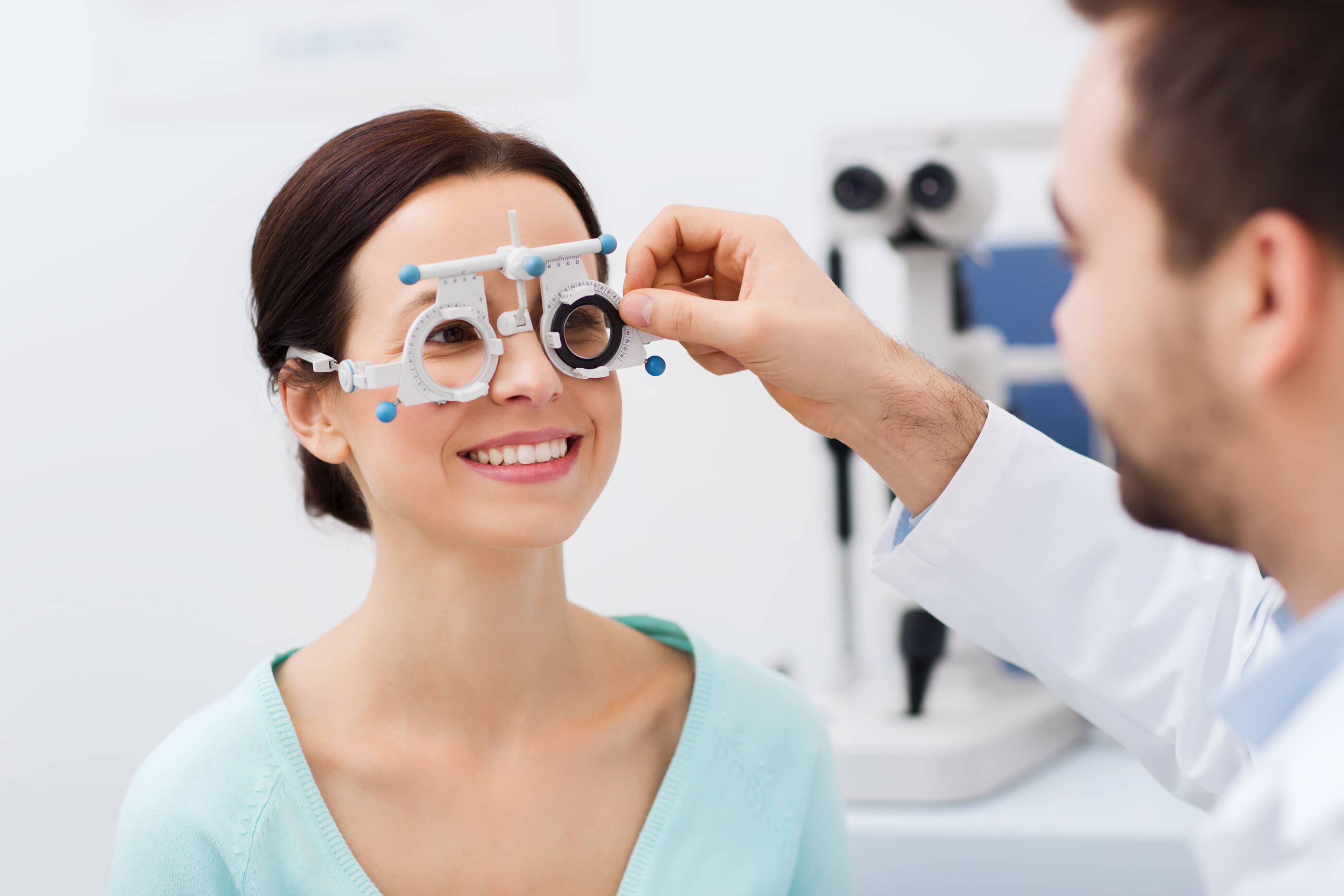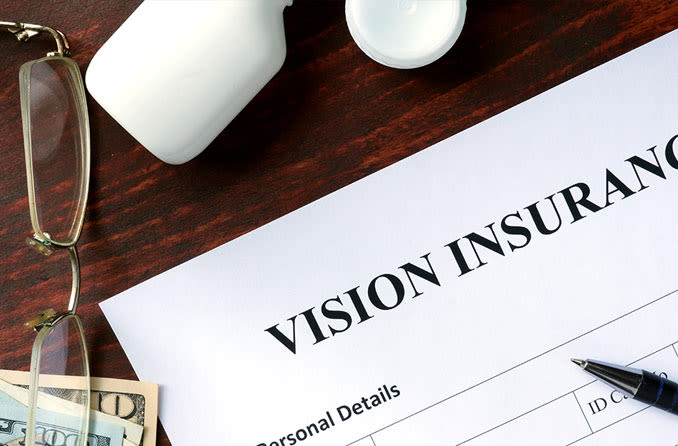Read everything you need to know about Vision Insurance

Have you noticed your vision has gotten worse, or are you concerned that your child’s vision is impaired? Read here to find out more about the importance of visiting the eye doctor and details about vision insurance today.
Sometimes as you get older, you may notice that the cars in the distance become a little blurry while you are driving, or you may notice that your child has trouble seeing from a distance. It is important to visit the eye doctor at the earliest signs of vision impairment so that you can be fitted with correctional vision contacts or glasses.
This will prevent your vision from getting worse in the long run. Additionally, worsening vision can be a sign of a bigger physical health issue such as diabetes. It is important to get your eyes checked when you first notice symptoms so that you can avoid long term worsening vision and other health issues from increasing.

Benefits of Going to the Eye Doctor
The benefits of going to the eye doctor include improving and treating your vision to prevent your vision from becoming increasingly poorer over time. When you visit the eye doctor, your doctor will do an assessment of your vision and fit you with the proper correctional prescriptions to improve your sight. These prescriptions will prevent your vision from getting worse over time. Additionally, your doctor may talk to you about conditions which can cause a worsening of vision such as diabetes. They will talk to you about symptoms and can help you catch early signs of something serious for you to seek treatment.
Benefits of Having Vision Insurance
If you are having vision issues, it is very beneficial to have vision insurance to help you cover the costs of eye exams and correctional prescriptions. Depending on the type of vision insurance plan you have, most or all your costs related to the eye doctor will be covered with either a small or no copay. Additionally, if you decide to have the LASIK vision correction surgery, your vision insurance will cover a large chunk of the cost for this vision-restoring surgery.
Cost of Visiting the Eye Doctor with and Without Insurance
If your vision is impaired and you are seeking treatment, the costs of eye exams and prescriptions can add up. The good news is, visiting the eye doctor tends to cost less than having other investigative exams or medical procedures. The cost for your first visit to the eye doctor without insurance can cost up to $200 out of pocket.
Returning visits will decrease by about $70 amounting to $130 per returning visit. Your vision tests will cost extra as well, at an additional $50 per refractive vision assessment. This is not including costs of glasses or contact prescriptions.
With insurance, you may be able to save some money on your eye doctor visits. The cost of vision insurance per month can be anywhere from $5 to $40 a month. Your vision insurance will help you cut costs on surgeries, exams, and prescriptions and in the long run can save you a lot of money.
With the lowest plan that costs $5 a month in premiums, you can expect to save 30% on all your vision related expenses and in total you will save about $100. Most vision insurance plans will help you save anywhere from $100 to $200 on your total costs for vision treatment, including prescriptions, exams, and surgeries.
Cost of Contacts and Glasses with and Without Insurance
Depending on your visual condition, your glasses and contact costs will vary. If you require bifocals or have an astigmatism, these factors will add to the cost of your glasses and contacts. Additionally, there are many various types of contacts with various lengths of wear and material that also impact the amount you will spend on your prescription.
For example, there are soft contact lenses which differ from rigid glass contact lenses or hybrid lenses. If you opt to go with rigid or hybrid lenses, these will cost significantly more than soft contact lenses. If you choose to get glasses and contacts this will add to your overall cost.
The cost of hybrid lenses is the costliest out of all the types of contact lenses, but only two pairs will last you an entire year. A pair of hybrid lenses will cost anywhere from $500 to $1000 without insurance. A pair of rigid lenses will last you a whole year and will cost between $650 to $150 for a single pair without insurance. You can opt for a cheaper pair of yearly soft lenses, which will cost $200 to $50 per pair without any extra specs for conditions like astigmatism or nearsightedness.
Monthly soft lenses without extra specs will cost you about $350 to $180 annually without insurance. If you require extra specs to treat astigmatism or farsightedness you will see an increase in price anywhere from $380 to $220 per year.
Biweekly disposable soft lenses will cost anywhere between $440 and $200 per year without insurance. Daily disposable soft lenses will cost more, between $440 and $760 annually, without specs for astigmatism or nearsightedness and without insurance.
A pair of glasses frames will cost about $250 without insurance, and single basic prescription lenses will cost about $120. If you are looking to purchase glasses without insurance, and you do not have astigmatism or need bifocals, your cost will be about $350 out-of-pocket in total. If you have astigmatism or require bifocals your cost will increase.
Depending on the type of insurance you have you can save a lot on costs for your contact and glasses prescriptions. With a plan that costs a monthly premium of just $5, you will save 30% on all your prescription costs. For plans with greater coverage, you can expect anywhere from no copay to up to a $50 copay. With this type of plan, even if you pay a $50 copay, you will save a significant amount on both contacts and glasses in the long run.




